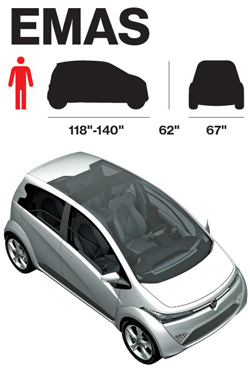
Bill Mitchell, former dean of the school of architecture at MIT and long-time leader at MIT’s Media Lab, died Saturday at age 65. A memorial service will be held this Wednesday at 10 am at the Media Lab in Cambridge, MA.
Bill was an incredible educator, especially when it came to gifted students, and a visionary intellectual of urban space in the digital age. He wrote numerous books – Reinventing the Automobile was the most recent and I featured its graphics on this blog earlier this year. eTopia, Me++, and City of Bits made up an earlier trilogy (City of Bits was my personal favorite of those three) and before that there was The Logic of Architecture, among others. He encouraged critical thinking about visual communication, in the field of architecture and beyond.
We lost a champion.
Read more at MIT’s news office.



















